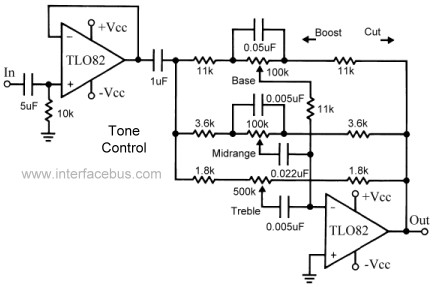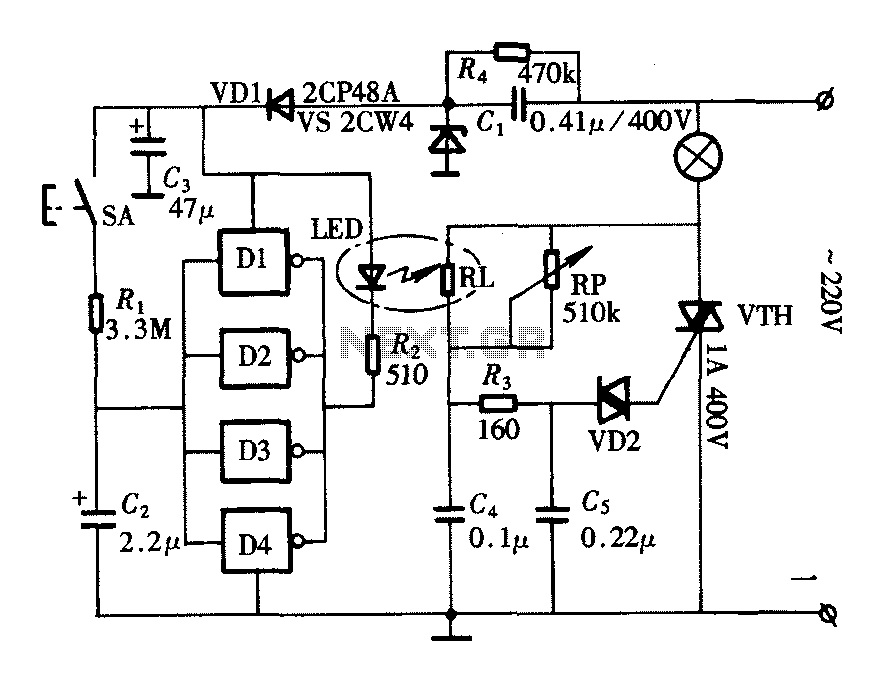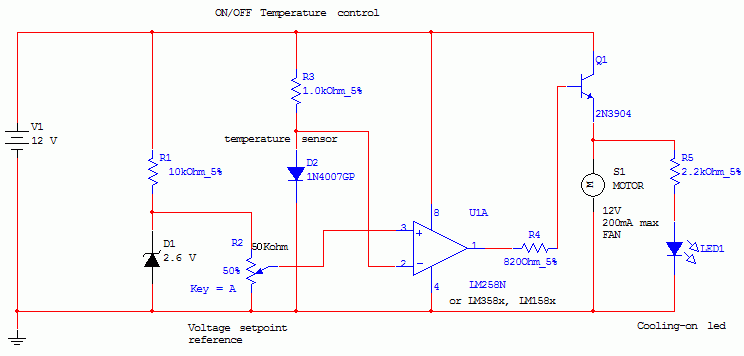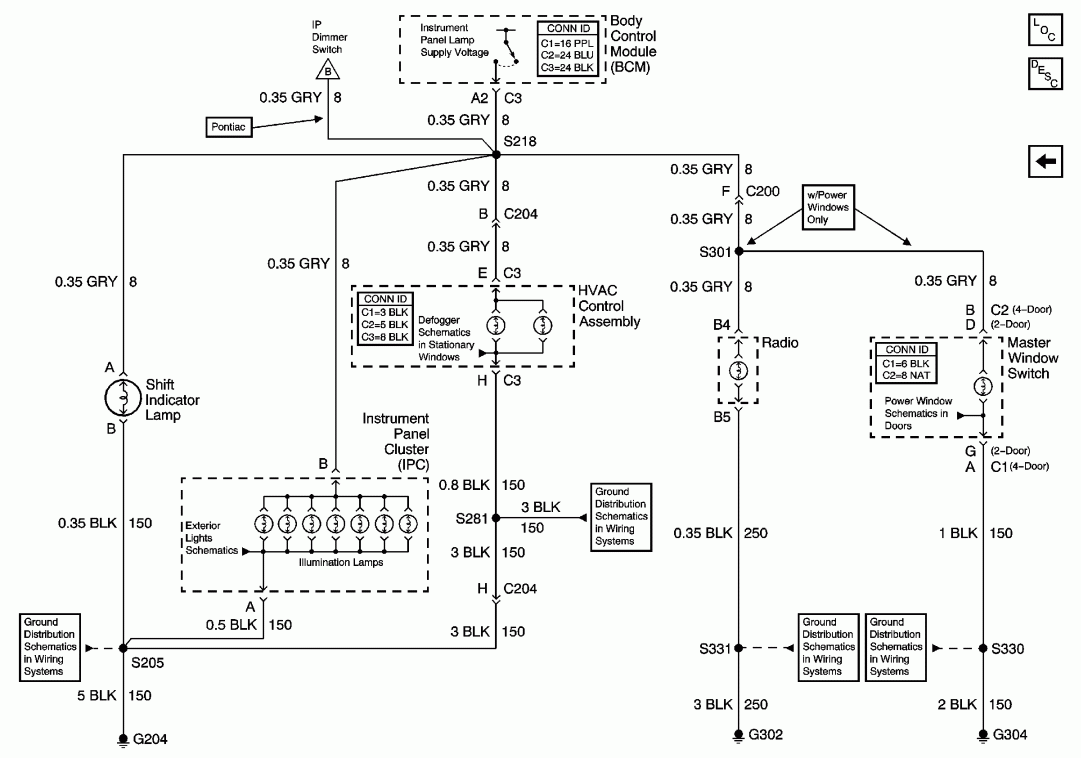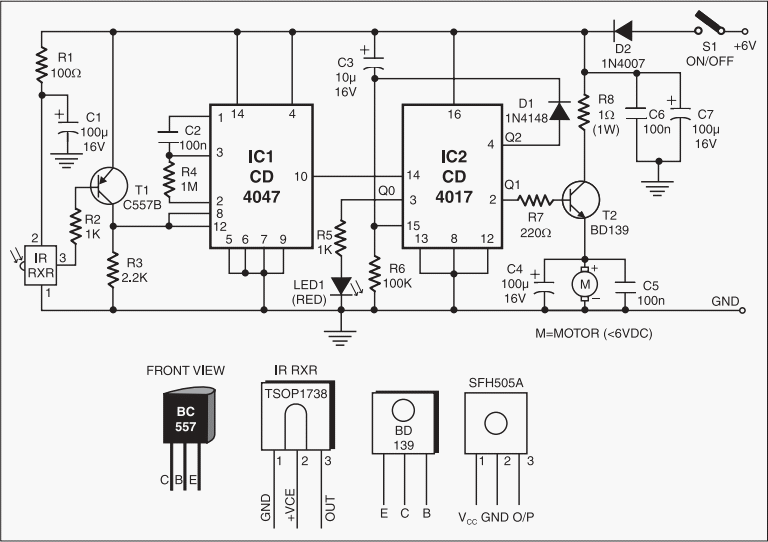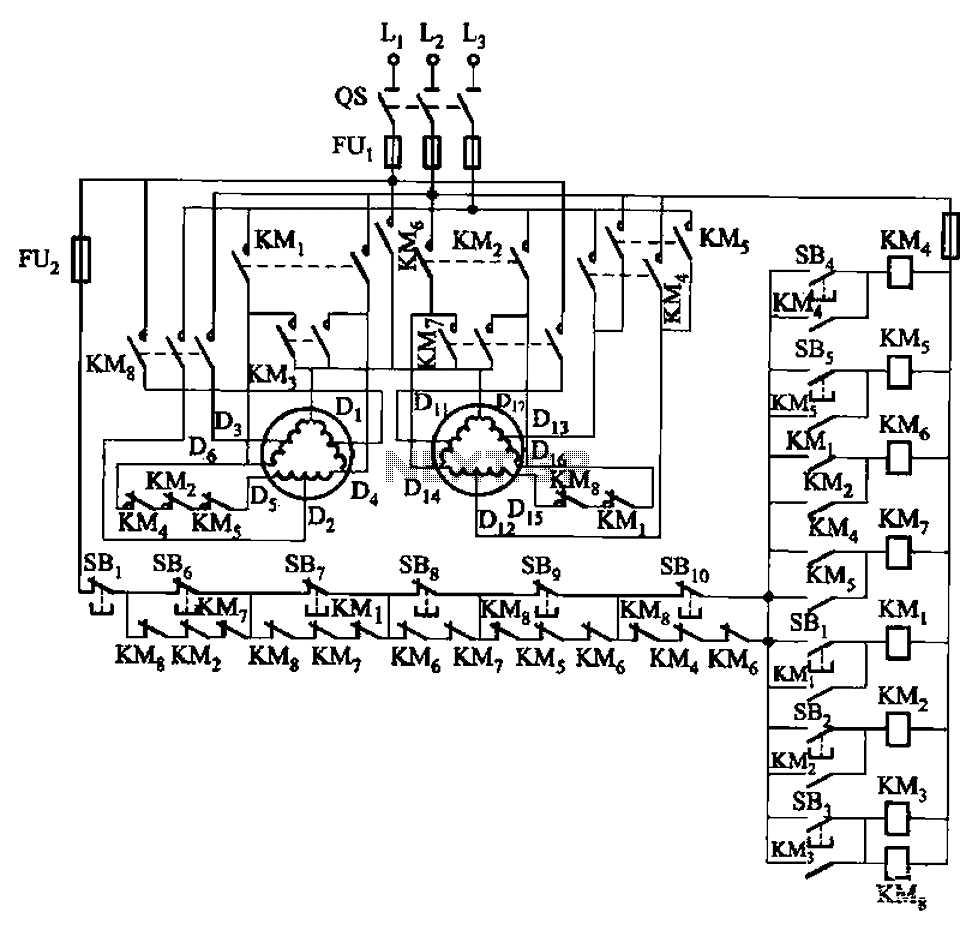
Transistors Function in the fan speed Control
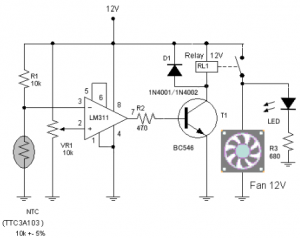
The circuit schematic diagram of a fan speed control system that activates only when necessary. When the transistor heats up, the fan will automatically turn on.
The fan speed control circuit operates based on the temperature of the transistor, utilizing a feedback mechanism to regulate the fan's activation. This circuit typically includes a temperature sensor, a transistor, a fan, and a power supply.
The temperature sensor detects the heat generated by the transistor. As the temperature rises beyond a predetermined threshold, the sensor sends a signal to the transistor, which acts as a switch. When the transistor is activated, it allows current to flow from the power supply to the fan, turning it on. The fan operates at a speed proportional to the temperature, which can be adjusted through resistor values in the circuit.
This configuration not only conserves energy by ensuring that the fan operates only when necessary but also prolongs the life of both the transistor and the fan by preventing unnecessary wear from constant operation. The circuit may also include additional components such as diodes for flyback protection, capacitors for filtering, and potentiometers for fine-tuning the sensitivity of the temperature sensor.
Overall, this fan speed control circuit is an efficient solution for managing heat dissipation in electronic devices, ensuring optimal performance while minimizing energy consumption.the circuit schematic diagram of Fan Speed Control which turns on only when needed. when your transistor getting hot, the fan will automatically . 🔗 External reference
The fan speed control circuit operates based on the temperature of the transistor, utilizing a feedback mechanism to regulate the fan's activation. This circuit typically includes a temperature sensor, a transistor, a fan, and a power supply.
The temperature sensor detects the heat generated by the transistor. As the temperature rises beyond a predetermined threshold, the sensor sends a signal to the transistor, which acts as a switch. When the transistor is activated, it allows current to flow from the power supply to the fan, turning it on. The fan operates at a speed proportional to the temperature, which can be adjusted through resistor values in the circuit.
This configuration not only conserves energy by ensuring that the fan operates only when necessary but also prolongs the life of both the transistor and the fan by preventing unnecessary wear from constant operation. The circuit may also include additional components such as diodes for flyback protection, capacitors for filtering, and potentiometers for fine-tuning the sensitivity of the temperature sensor.
Overall, this fan speed control circuit is an efficient solution for managing heat dissipation in electronic devices, ensuring optimal performance while minimizing energy consumption.the circuit schematic diagram of Fan Speed Control which turns on only when needed. when your transistor getting hot, the fan will automatically . 🔗 External reference
